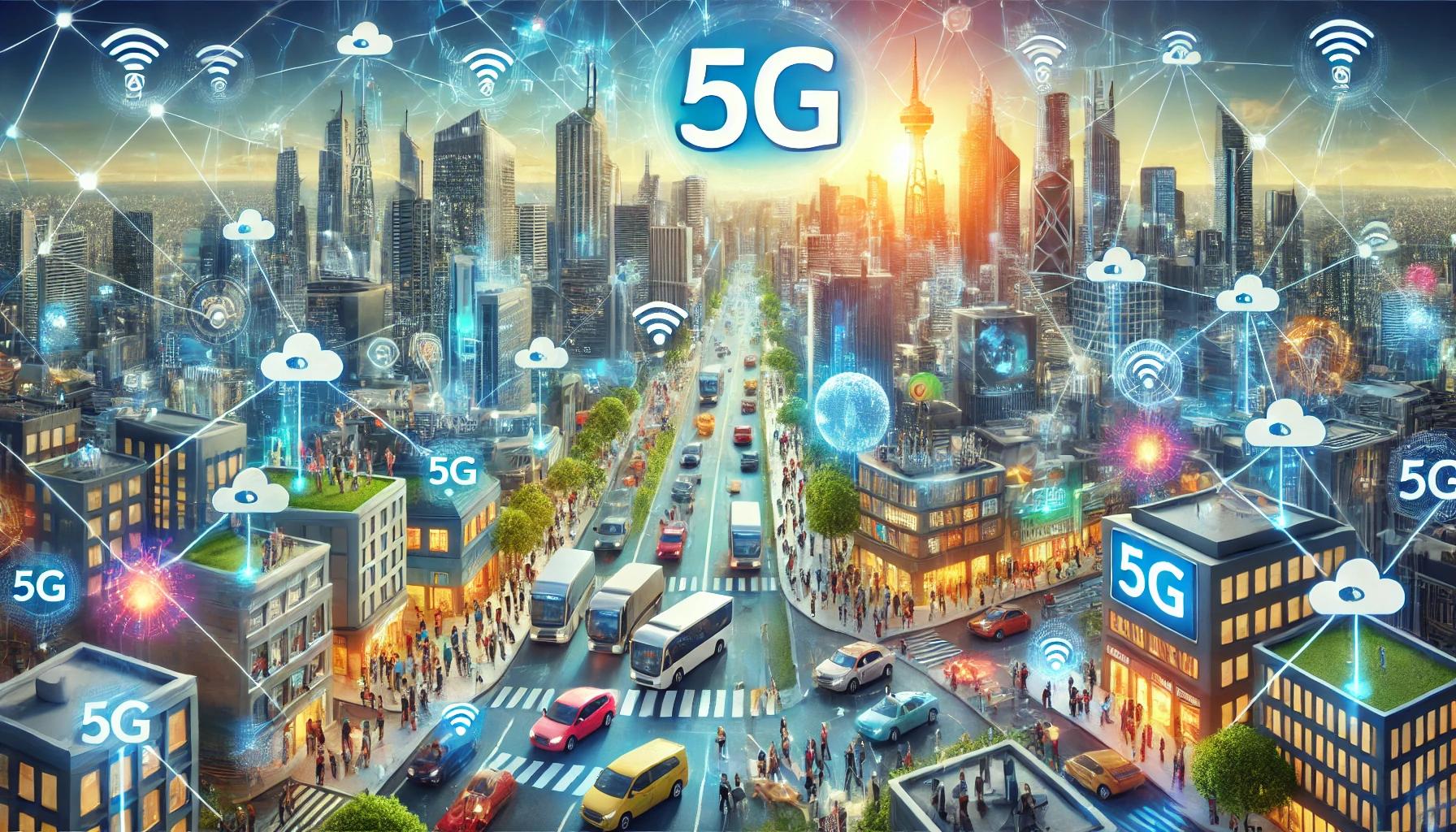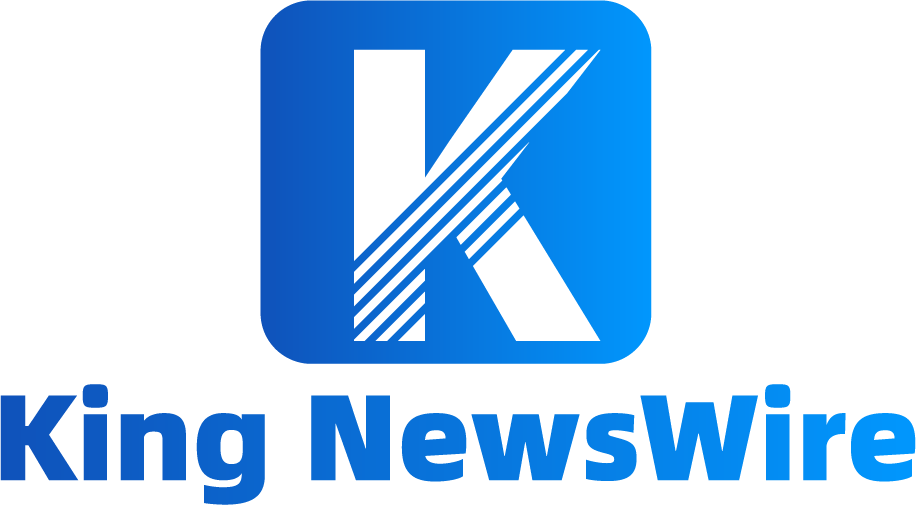- All Plans
- Yahoo Press Release
- Bloomberg Press Release + Yahoo Finance
- Business Insider Press Release
- Benzinga Press Release
- Digital Journal Press Release
- US Times Now Press Release
- AP News Press Release
- Yahoo Finance Press Release
- Street Insider Press Release
- MSN News Press Release
- USA Today Press Release
5G Technology Breakthrough Promises Faster Connectivity and Wider Coverage Across America

5G Technology Breakthrough Promises Faster Connectivity and Wider Coverage Across AmericaThe advent of 5G technology marks a significant milestone in the evolution of telecommunications, promising to revolutionize how we connect and interact with the digital world. With the 5G rollout accelerating across America, the potential for faster connectivity, lower latency, and wider coverage is becoming a reality. This breakthrough in 5G technology is poised to transform industries, enhance mobile experiences, and drive innovation in ways previously unimaginable.
The Evolution of 5G Networks
5G, or fifth-generation wireless technology, is the latest iteration of mobile networks. It promises to deliver significantly faster speeds compared to its predecessor, 4G LTE. The 5G rollout is designed to support a massive number of connected devices, enabling advancements in various sectors such as healthcare, transportation, and entertainment. Unlike earlier generations, 5G networks utilize higher frequency bands, which allow for increased data transfer rates and reduced latency.
The 5G Rollout Across America
The 5G rollout in America has been a major focus for telecommunications companies and policymakers alike. Leading carriers like Verizon, AT&T, and T-Mobile are aggressively expanding their 5G networks, investing billions in infrastructure to ensure nationwide coverage. This widespread deployment is crucial for realizing the full potential of 5G technology, ensuring that both urban and rural areas benefit from enhanced connectivity.
Verizon, for instance, has focused on building out its 5G Ultra Wideband network, which promises incredibly fast speeds and high capacity. AT&T has launched 5G services in numerous cities, emphasizing its commitment to providing reliable and broad coverage. T-Mobile, on the other hand, has been leveraging its merger with Sprint to accelerate its 5G rollout, claiming to have the largest 5G network in the country.
Impact on 5G Phones
As 5G networks expand, the market for 5G phones is also experiencing rapid growth. Major smartphone manufacturers like Apple, Samsung, and Google have released 5G-compatible devices, allowing consumers to take full advantage of the new technology. The availability of 5G phones is a critical component of the broader 5G ecosystem, ensuring that users can experience the improved speeds and connectivity that 5G networks offer.
The iPhone 12 series, for example, was Apple’s first lineup to support 5G, and it quickly became one of the best-selling 5G phones on the market. Samsung’s Galaxy series has also been at the forefront, with models like the Galaxy S21 featuring advanced 5G capabilities. These devices are designed to handle the increased data loads and faster speeds provided by 5G networks, delivering smoother streaming, quicker downloads, and enhanced overall performance.
You May Also Like:
Labyrinth Technology Announces Launch of New Sister Company, Netzoll
DynaChain HealthFi Forum: A Convergence of Blockchain Leaders, Unveiling POW Technology
Advantages of 5G Technology
The advantages of 5G technology extend beyond faster internet speeds. One of the most significant benefits is reduced latency, which means data can be transmitted almost instantaneously. This low latency is crucial for applications requiring real-time responses, such as autonomous driving, remote surgery, and augmented reality. Additionally, 5G networks have a higher capacity, allowing more devices to connect simultaneously without compromising performance.
In the healthcare sector, for example, 5G technology enables telemedicine and remote monitoring, allowing doctors to provide care to patients in real-time, regardless of their location. In the transportation industry, 5G networks facilitate vehicle-to-everything (V2X) communication, enhancing the safety and efficiency of autonomous vehicles. Moreover, the entertainment industry is set to benefit from 5G, with faster download speeds and the ability to stream high-quality content seamlessly.
Challenges in Implementing 5G Networks
Despite the promising potential of 5G technology, several challenges must be addressed to ensure its successful implementation. One of the primary obstacles is the need for significant infrastructure investment. Building 5G networks requires the installation of new equipment, such as small cells and antennas, which can be costly and time-consuming.
Additionally, the deployment of 5G networks in rural areas presents a unique set of challenges. While urban centers may quickly adopt 5G technology, ensuring that remote and underserved regions have access to the same level of connectivity is a complex task. Policymakers and industry stakeholders must collaborate to bridge this digital divide and ensure equitable access to 5G services across America.
Another challenge is the potential interference with existing technologies and spectrum allocation issues. The higher frequency bands used by 5G can interfere with other wireless services, necessitating careful planning and coordination to minimize disruptions.
Future Prospects of 5G Technology
The future prospects of 5G technology are incredibly promising. As the 5G rollout continues, we can expect to see a proliferation of smart devices and the Internet of Things (IoT) becoming more integrated into our daily lives. Smart cities, with interconnected systems that improve efficiency and quality of life, are becoming more feasible with the widespread adoption of 5G networks.
Moreover, the entertainment industry will likely see a surge in virtual reality (VR) and augmented reality (AR) applications, providing immersive experiences for users. The education sector can also benefit, with 5G enabling remote learning and virtual classrooms that offer interactive and engaging educational content.
You May Also Like:
Powering Private 5G using NiralOS 5G Core and 4th Gen Intel Xeon Scalable processor
The breakthrough in 5G technology promises to revolutionize connectivity and drive innovation across various sectors in America. With the 5G rollout well underway, the benefits of faster speeds, lower latency, and wider coverage are becoming increasingly accessible. The expansion of 5G networks and the growing market for 5G phones are set to transform how we live, work, and play, ushering in a new era of digital connectivity.
As we look to the future, the continued development and implementation of 5G technology will undoubtedly shape the landscape of our increasingly connected world. The journey has just begun, and the potential for 5G to enhance our lives and drive technological progress is immense.
